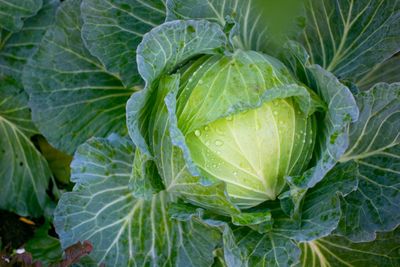How to Grow Tiara Cabbages
Reaching sizes up to 3 lbs. (1 kg.), these early maturing hybrid cabbages are ideal for use in salads, stir fry, slaw, and sauerkraut. Since plants remain small, tight spacing allows growers to use the area more efficiently. In addition to their growth habit, these cabbages hold well in the garden. This allows for a larger harvest window throughout the growing season. Growing Tiara cabbage variety is similar to growing other cultivars. First, growers will need to determine the best time for planting. Growing Tiara cabbage can be done in both the spring and the fall. In general, spring cabbage seeds are sown indoors about six weeks before the last frost date. The Tiara cabbage plants can then be hardened off and moved into the garden in early spring as temperatures begin to warm. Cabbage plants to be harvested in the fall will need to be sown in midsummer. These plants will likely require protection from insects and other garden pests as they become established.
Tiara Cabbage Care
Tiara cabbage plants will require care throughout the growing season to ensure the best results. As with most cabbages, consistent moisture is key to reaching their full potential. Establish an irrigation routine early in the season, making certain to avoid periods of excess moisture. Controlling moisture is vital, as it can cause the cabbages to split or to become diseased. When possible, avoid watering the leaves of the plants, as this may lead to fungal infections. Cabbage growers will also need to consider the presence of cabbageworms, loopers, and other insects. Though insect pressure may be less in early spring, summer conditions can exacerbate these problems. The use of controls will likely be necessary. While there are chemical solutions available, many growers choose more organic methods, like floating row covers, as a means to prevent damage. Regardless of the control, always make certain to follow manufacturer’s instructions per the product label.
